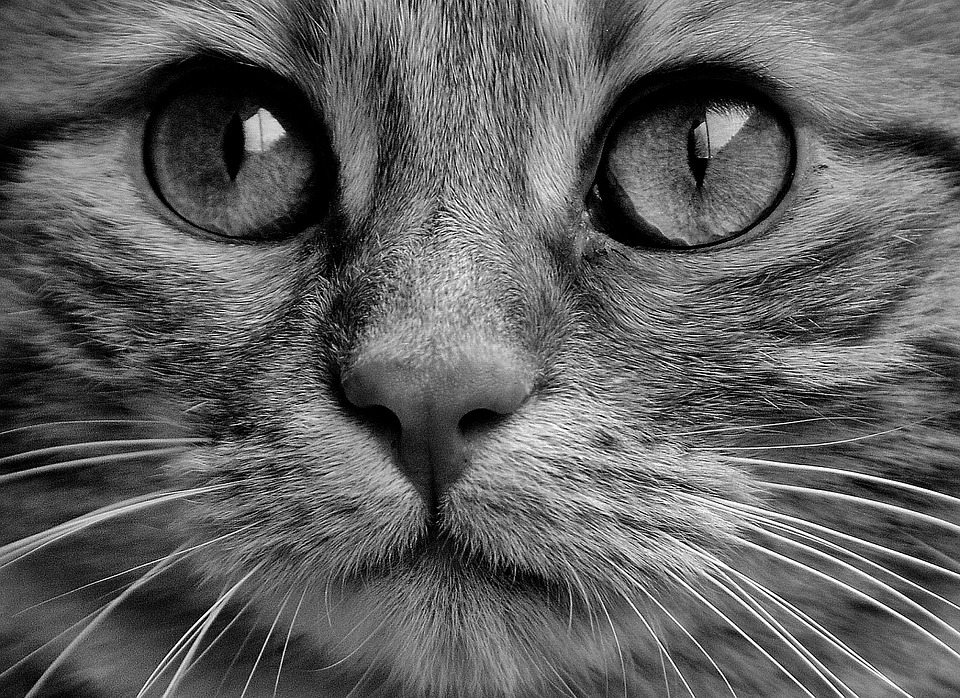Cats are known for their grooming habits, constantly licking their fur to keep it clean and tidy. While this self-grooming behavior is essential for their well-being, it can sometimes lead to the formation of hairballs. As a cat owner, it’s crucial to understand the science behind cat hairballs, how they form, and what you can do to help your feline friend. In this article, we delve into the fascinating world of cat hairballs, providing you with valuable insights and practical solutions.
What are Hairballs?
Hairballs, medically known as trichobezoars, are clumps of hair that accumulate in a cat’s digestive system. When cats groom themselves, their rough tongues pull out loose or dead hair, which they then swallow. Most of the hair passes through the digestive tract without any issues. However, if the hair doesn’t move smoothly through the digestive system, it can accumulate, forming a hairball.
Why Do Cats Get Hairballs?
1. Grooming: Cats are meticulous groomers and spend a significant amount of time licking their fur. During this process, they swallow loose hair, leading to hairball formation.
2. Seasonal Shedding: Cats often shed more during seasonal transitions, resulting in increased hair ingestion and a higher likelihood of hairball formation.
3. Coat Length: Long-haired cats are more prone to hairballs due to their extensive fur, which requires more grooming and has a higher chance of getting ingested.
4. Gastrointestinal Issues: Cats with underlying gastrointestinal problems, such as inflammatory bowel disease or gastrointestinal motility disorders, may experience a higher incidence of hairballs.
How Do Hairballs Form?
1. Ingestion: Cats ingest hair while grooming, and this hair collects in their stomach.
2. Hair Accumulation: Over time, more hair is swallowed and adds to the existing hair in the stomach, forming a mass.
3. Shape and Size: The hair clumps together, and with the help of digestive fluids and muscle contractions, it takes on a cylindrical shape, resembling a hairball.
4. Regurgitation: Once the hairball reaches a certain size, it may be regurgitated by the cat to relieve discomfort or to prevent it from causing an obstruction in the digestive tract.
Signs and Symptoms of Hairballs
Hairballs can cause various symptoms in cats, including:
1. Frequent or unproductive vomiting.
2. Coughing or gagging.
3. Lethargy.
4. Decreased appetite.
5. Constipation or diarrhea.
6. Abdominal discomfort or bloating.
If your cat exhibits any of these signs or if the symptoms become severe, it’s essential to consult your veterinarian for a proper diagnosis and treatment.
Preventing and Managing Hairballs
1. Regular Brushing: Brushing your cat’s fur regularly helps to remove loose hair before it can be ingested, reducing the likelihood of hairball formation.
2. Hairball Remedies: Specialized hairball prevention products, such as flavored gels or treats, can help lubricate the digestive tract and facilitate the passage of hair through the system.
3. Dietary Modifications: Feeding your cat a high-quality, high-fiber diet can promote healthy digestion and minimize hairball formation.
4. Increased Hydration: Ensuring your cat has access to fresh water encourages hydration and can help prevent hairballs by promoting normal digestion.
5. Veterinary Consultation: If your cat experiences frequent or severe hairballs, your veterinarian may recommend additional measures, such as dietary supplements or prescription diets, to manage the problem effectively.
FAQs about Cat Hairballs
Q: Are hairballs dangerous for my cat?
A: While occasional hairballs are normal for cats, frequent or large hairballs can cause intestinal blockages, which can be dangerous. If your cat shows signs of distress or discomfort, it’s crucial to seek veterinary advice.
Q: Can hairballs be fatal?
A: In rare cases, hairballs can cause severe gastrointestinal obstructions requiring surgical intervention. However, with appropriate preventive measures and prompt veterinary care, the risk of fatality is significantly reduced.
Q: How often is it normal for a cat to have a hairball?
A: The frequency of hairball occurrence varies among cats. Some cats may only have hairballs a few times a year, while others may experience them more frequently. If you notice a sudden increase in hairball frequency or severity, it’s advisable to consult your veterinarian.
Q: Will a hairball pass naturally?
A: In most cases, hairballs will pass through the digestive system naturally. However, if your cat struggles to eliminate a hairball or shows signs of distress, seek veterinary assistance.
Understanding the science behind cat hairballs empowers you as a cat owner to take proactive measures in preventing and managing this common issue. By implementing simple strategies and seeking veterinary guidance when necessary, you can ensure your feline companion leads a healthy, hairball-free life.








